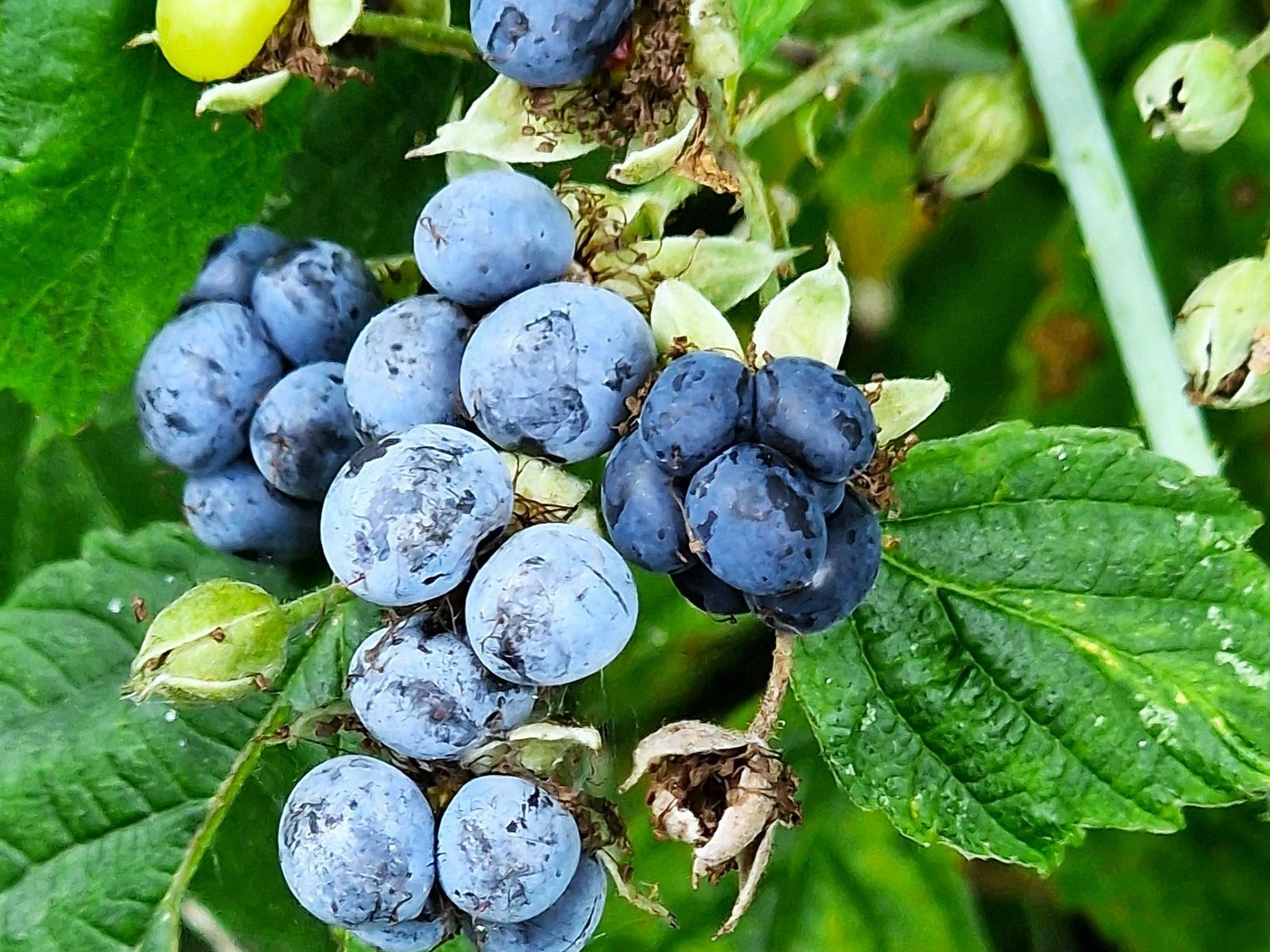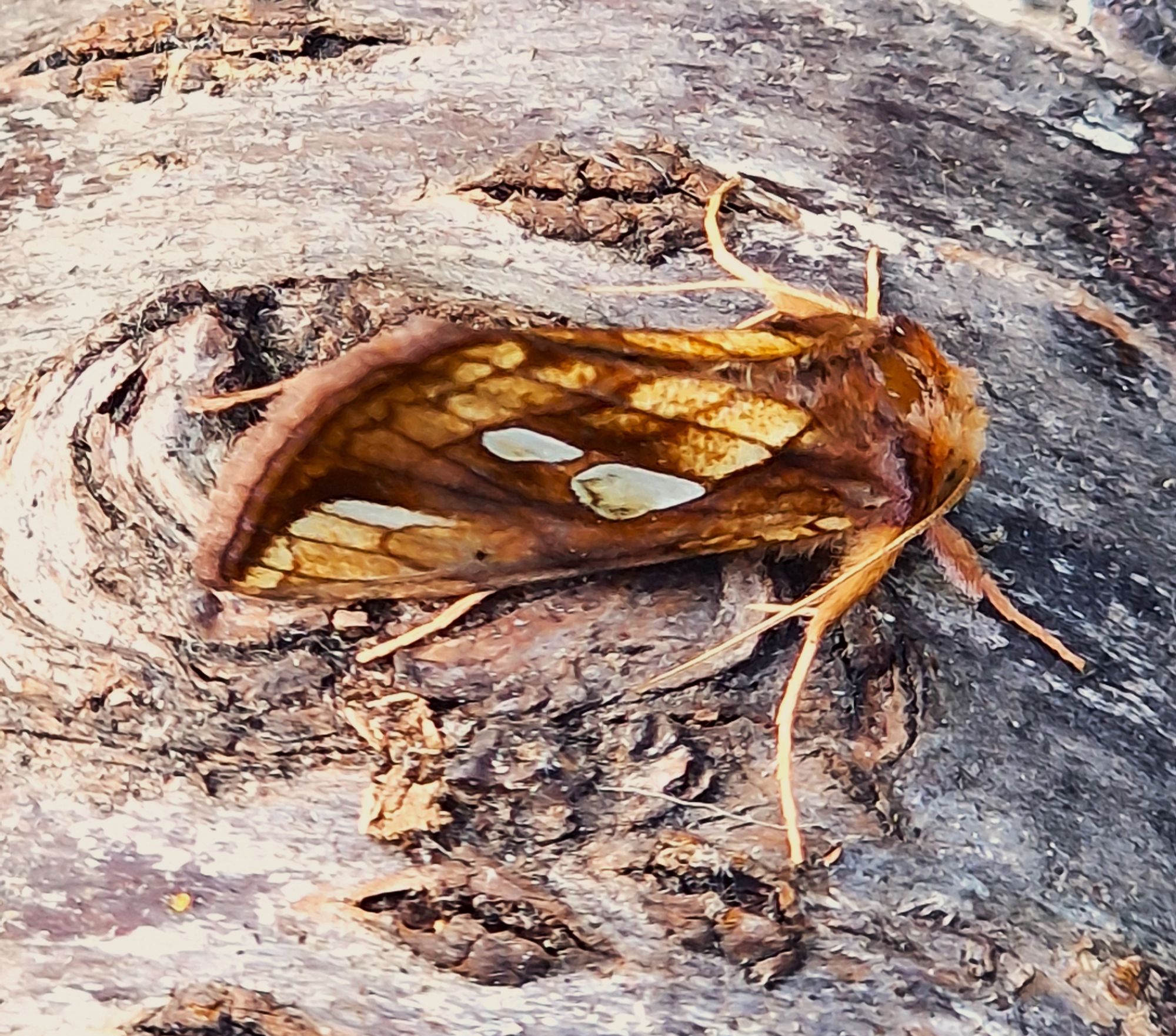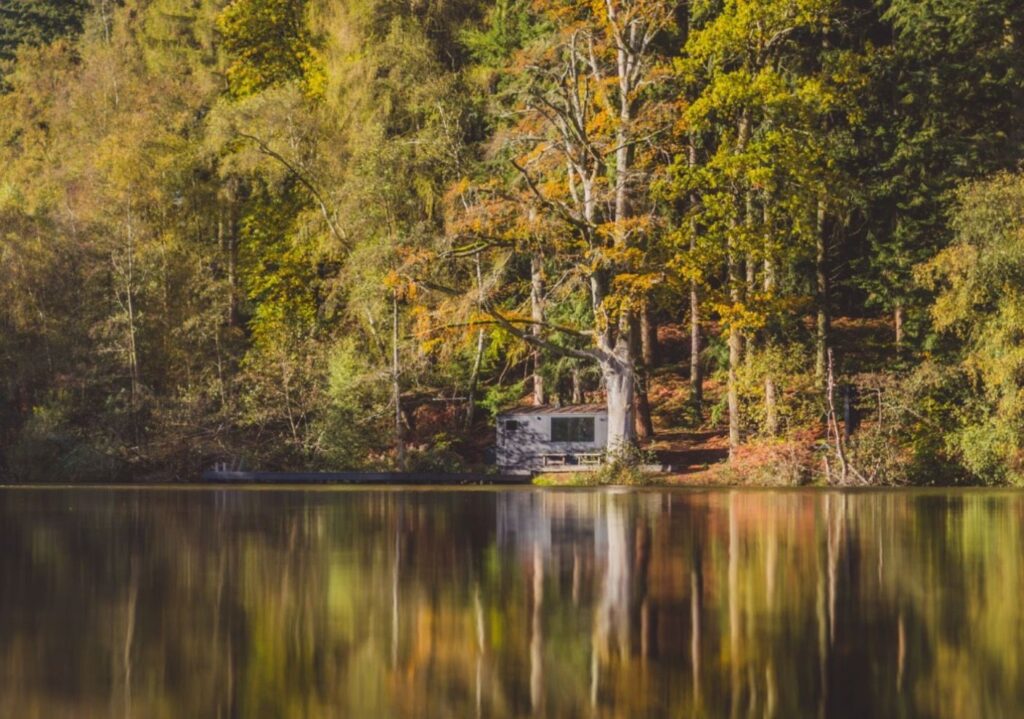
As the Summer progresses, the trees, shrubs and other plants that grow at the Estate move towards arguably the most important part of the year. Blackthorn bushes that flowered in March and April and were successfully pollinated by bees are now showing dark blueish purple berries that promise a good sloe gin harvest when they are ripe. Dewberry is a much less common plant than Blackthorn, but is quite widely found at the Estate; it is a small, low-growing and inconspicuous member of the blackberry family, but produces beautiful dark blue small fruits that taste delightful in a pie, if enough berries can be gathered. It grows low to the ground amongst the trees at the lakes and flowers from May onwards.

While we see butterflies virtually every day around the Estate fishery between April and October, it is much harder to spot the huge range of moths that inhabit the wild and natural surroundings of the lakes and rivers on the Estate. Britain has approximately 59 different species of butterfly (some very rare), but more than 2500 different species of moth. Majority of these moths are much harder to see than butterflies as they are nearly all nocturnal, but a deliberate, careful and quiet search in the undergrowth will sometimes lead to the discovery of remarkable moth species that would otherwise go undetected. The Lesser Swallow Prominent is surely one of the strangest-looking but best camouflaged moths, while the beautiful Gold Spot lives up to its name with reflective gold markings.

The lakes at Cranwells and Oxlease continue to entertain with a wide range of hoverflies. At this time of year they are dependent on Hemp-agrimony for much of their nectar food (as are many bees and other insects). Hemp-agrimony is a very tall leafy plant with wide heads of pinkish flowers that develop wind-blown seeds quite quickly after flowering. Such is the glut of nectar in Hemp-agrimony that many insects would struggle to get enough food without it.









